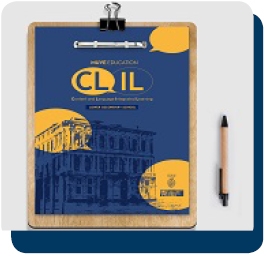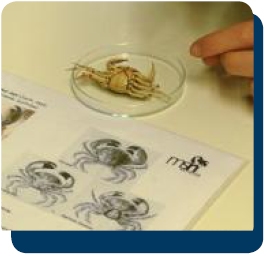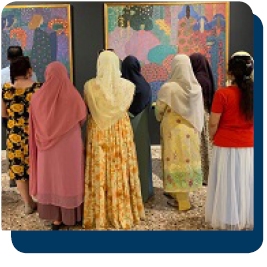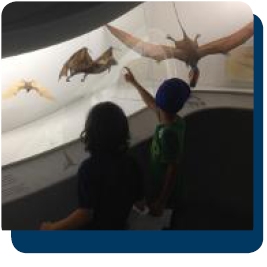
The museums become the spaces and tools for learning or improving a foreign language (FL), through integrated content and language learning, with the Content and Language Integrated Learning (CLIL) method, which is now a regular feature of Italian schooling.
The CLIL experiences in our museums are specifically geared to this learning function and authentic use of the foreign language, with a range of activities supported by specially designed teaching materials, conducted by staff highly skilled in this methodology.
Activities:
In each case, however, the museums stand out as formidable “talking” and “facilitating” structures.
Below are the activities proposed. The Duration of all the activities is 2 hours.
The CLIL activities in English and in Italian must be booked online, as with all the MUVE activities.
 Looking for the Right Words
Looking for the Right Words
Ca’ Pesaro – Galleria Internazionale d’Arte Moderna
Differently modulated for first and second grade secondary schools, the CLIL activities in English (LS), conducted by highly specialised staff, take the form of interactive conversations which, with the help of support materials that then remain with the students, focus on the works, the spaces, the impressions and the emotions they generate.
Target: 1st grade (last year) and 2nd grade secondary schools
Duration: 2h
 Exploring the lagoon
Exploring the lagoon
Natural History Museum of Venice Giancarlo Ligabue
A visit held in English (FL) to deepen one’s knowledge of the multiplicity of habitats and organisms that characterise the Venetian lagoon. The workshop includes the observation of finds, the use of cartography and some small experiments, flanked by listening and conversation activities to facilitate the learning of a specialised vocabulary.
Target: 1st grade (last year) and 2nd grade secondary schools
Duration: 2h
![]()
 Il Linguaggio delle immagini e delle cose
Il Linguaggio delle immagini e delle cose
Ca’ Rezzonico – Venice Eighteen Century Venice Museum
Museo di Palazzo Mocenigo
Ca’ Pesaro – Galleria Internazionale d’Arte MOderna
The museums selected for this activity in Italian L2 are particularly suitable for this kind of experience, thanks to the language of the images, the architecture and the various cultural “objects” displayed, and offer an extraordinary and immediate instrument for cultural exchange, thanks to the specially designed approach. The activities can be targeted not only to whole classes but also to groups of people of different backgrounds and ages. It is also possible to construct personalised approaches based on special needs (for this, please contact education@fmcvenezia.it).
Target: Secondary schools
Duration: 2h
 The language of nature
The language of nature
Natural History Museum of Venice Giancarlo Ligabue
An Italian L2 visit intended for non-Italians in the exhibition rooms of the museum, which, with their appealing and engaging layout, allow a multisensory voyage of discovery of the natural world. To facilitate language learning, the visit is enriched with images and finds, interactive maps and sheets that act as back-ups for the listening and conversational activities, offering a first-hand initial experience of the Italian language and culture.
Target: Primary and secondary schools
Duration: 2h